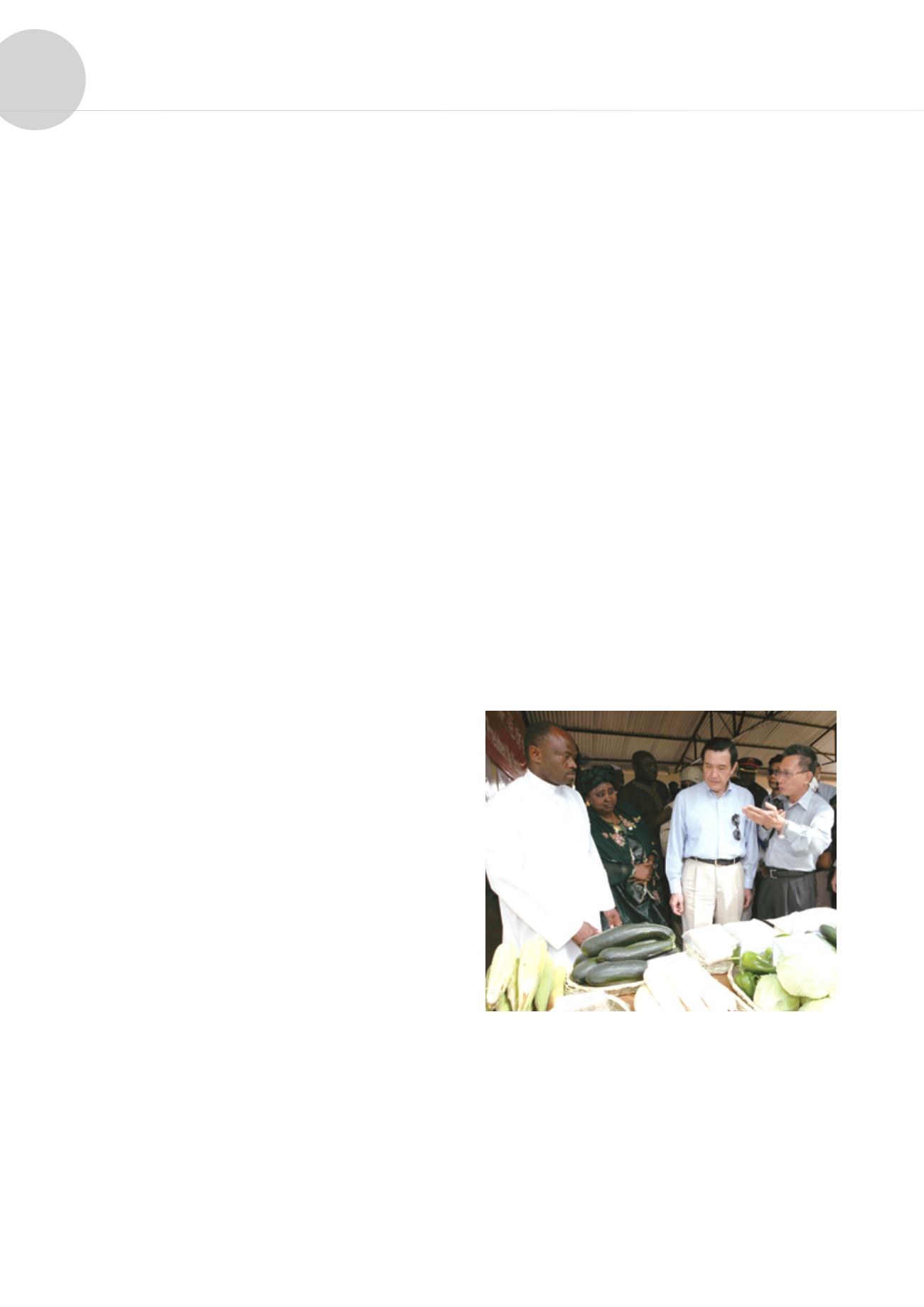
Vision 2022 and Project Planning Principles
2
to conduct environmental monitoring. This will provide
partner countries with strategic support on disaster
prevention, disaster preparedness, and emergency
response and recovery.
Finally, with regard to developing global partnerships,
we plan to integrate the resources and strengths of
the public and private sectors through public-private
partnerships so as to maximize the use of available
resources.
The Best Partner
The current trend in international development
aid emphasizes strategies centered around partner
countries and a focus on their substantive demands.
These strategies integrate the economic, social and
environmental development strategies of partner
countries. Based on these considerations, donors plan
technical cooperation and capacity building programs to
promote awareness and active participation from partner
countries. Additionally, donors must respect partner
countries as the leading force in the development of their
own nations and respect local systems while implementing
their various projects. Partner countries must also
take responsibility as the leaders of their development
programs. This strategic framework hopes to build
sustainable partnerships between donors and partner
countries.
Furthermore, the framework of aid programs has
moved away from the traditional bilateral and multilateral
assistance models to a triangular cooperation model,
which includes technical cooperation between developing
countries themselves. This is further expanding to
regional organizations, the private sector and non-profit
organizations, resulting in increased diversity in
international aid programs.
All of this makes proper coordination and an
adequate division of labor among donors more important
than ever if the development community is to avoid
unnecessary waste in resources and overlapping inputs.
Proper coordination and an adequate labor division form
the foundation of good partnerships.
Taiwan’s White Paper on Foreign Aid Policy pointed
out that future development aid projects must be fully
explained to partner countries, in advance, through
Taiwanese embassies or overseas representative
offices. In this way, partner countries will be encouraged
to establish long-term programs and draw up a list
of priorities. The TaiwanICDF will then involve partner
countries in the decision process that determines the
scope of the aid and implementation methods, with the
focus placed particularly upon Taiwan’s comparative
advantages. Short-, medium- and long-term cooperation
plans and agreements will then be signed to clearly
define the rights and obligations of both sides. Aid
projects requiring bilateral grants should be included
in partner governments’ budgets and the progress of
projects should be tracked and appraised using existing
mechanisms in the host countries. Technical cooperation
projects will be implemented according to the project
cycle and guided by the principle of managing for results,
with targets and measurable indicators, set at the
planning stage, serving as the basis for interim and final
evaluation.
Developing a diverse range of partnerships is not
only an objective; it is also a strategy. We are looking to
understand the operations and mechanisms of foreign aid
donors and international organizations by coordinating
aid programs, and pursuing suitable opportunities for
cooperation and partnership by integrating the power
of the private sector and extending the scope of
cooperation with NGOs. In addition, we are encouraging
private organizations and individuals to participate in the
development of our aid programs, establishing a network
of partnerships to put the spirit of the Paris Declaration on
Aid Effectiveness into practice more quickly.
“Become the best partner”: Tzou Shuh-kang (right), mission leader at the
Taiwan Technical Mission in The Gambia, introduces President Ma Ying-jeou
(second from right) to activities at a women’s farm in Banjulinding during the
president’s state visit to The Gambia in April 2012.
16


